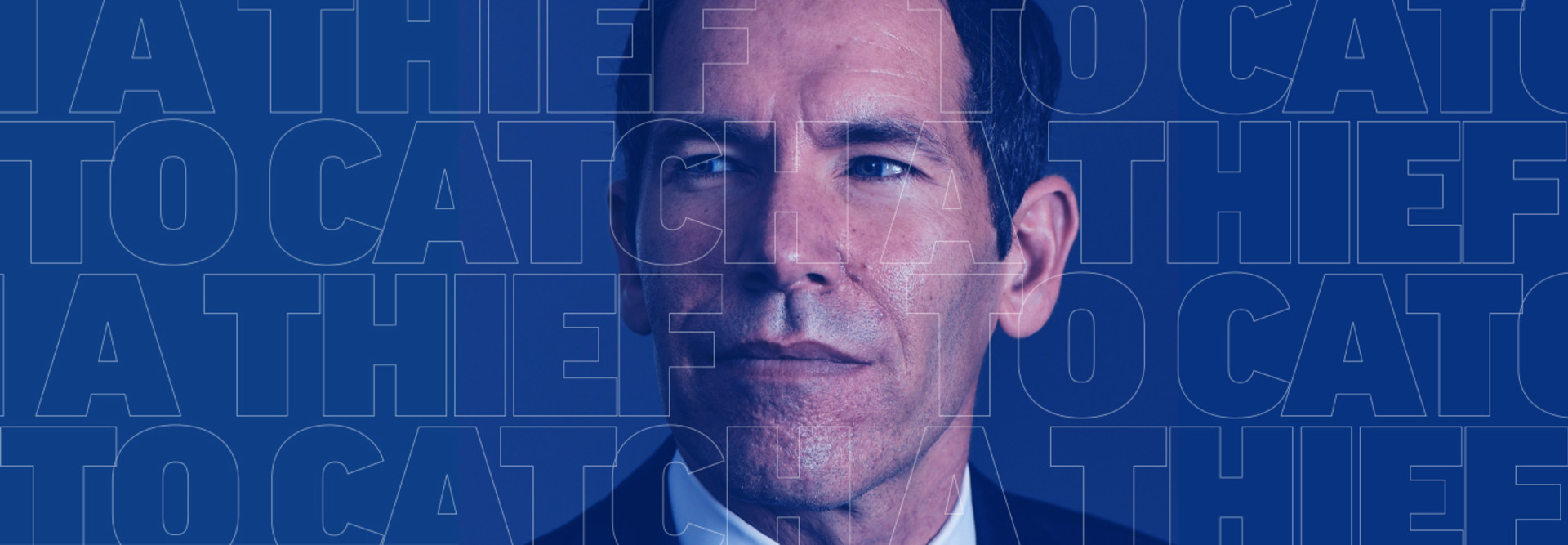How the DOJ Is Fighting Healthcare Fraud
At the DOJ’s Health Care Fraud Unit, eight data analysts assist prosecutors with identifying, investigating and prosecuting healthcare fraud cases.
The analytics team uses multiple databases and tools to conduct its analysis, including the Microsoft Power BI data visualization tool, i2 Analyst’s Notebook and Microsoft Excel. The team also uses multiple internal and external models to detect healthcare fraud, and it maintains files related to its analysis on in-house department servers.
The Centers for Medicare & Medicaid Services, part of the Department of Health and Human Services, provides direct access to its portal so the Health Care Fraud Unit’s data analysts can look at its information. The analytics team also collaborates with other government data teams, including those in HHS and the Drug Enforcement Administration.
“Our team builds models analyzing hundreds of different variables that can indicate fraud,” Foster says. “But data is not the truth. While it can point us in the right direction, we have to go out and investigate.”
The DOJ uses two types of models. In the first approach, it finds suspected fraudulent providers by examining the characteristics of medical professionals and others who were prosecuted for healthcare fraud in the past. Through analytics, they find current providers who share those characteristics, Foster says.
LEARN MORE: Understanding the advantages and disadvantages of advanced analytics.
It then seeks out national outliers and ranks providers with a scoring system. For example, the DOJ investigates physicians who order more cancer genetic tests than 99.9 percent of doctors in the country.
The second modeling approach is to analyze billing and other healthcare data to find trends in fraud. For example, in 2019, the DOJ saw a spike in Medicare spending on durable medical equipment.
In its investigation, the DOJ found that some equipment makers were paying illegal kickbacks and bribes to medical professionals and telemedicine companies that were ordering medically unnecessary braces for patients.
The DOJ charged 24 people who it alleges were responsible for $1.2 billion in fraud. The agency’s work resulted in $1.9 billion in Medicare cost avoidance, Foster says.
“That’s an example of how our investment in data analytics returned outsized results,” he says.












